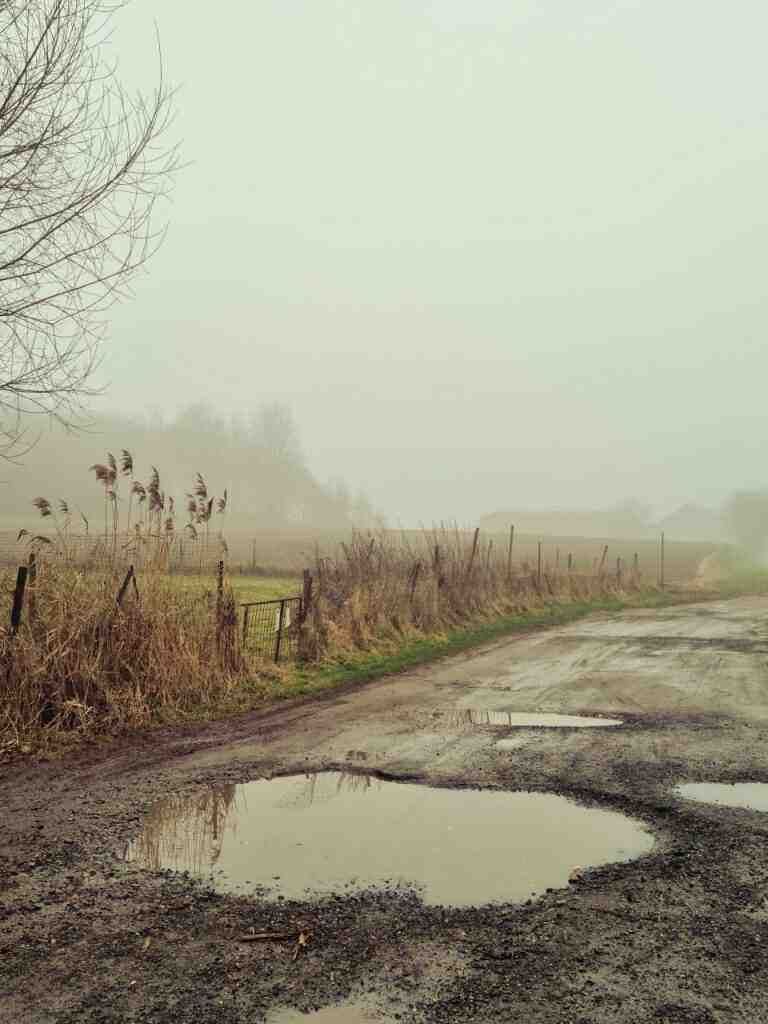Roads in Topeka, Kansas Plagued by Potholes in 2024
Weather and Aging Infrastructure Combine to Create Hazardous Conditions
In the bustling streets of Topeka, Kansas, the year 2024 has witnessed a sudden and alarming increase in the number of potholes, posing a significant threat to both motorists and the overall infrastructure of the city.
Causes of the Pothole Epidemic
The primary culprit behind this pothole crisis is the recent unpredictable weather patterns that have swept across the region. The frequent shifts from extreme cold to moderate temperatures have taken a toll on the roads, causing the asphalt to expand and contract rapidly. This constant movement weakens the road surface, making it more susceptible to cracking and the formation of potholes.
Compounding this weather-related issue is the age of the local roads. Many of Topeka’s roadways have been in service for decades, and the wear and tear accumulated over time has left them vulnerable to deterioration. The relentless pounding of traffic, combined with the harsh weather conditions, has exacerbated the problem, leading to the proliferation of potholes.
Efforts to Address the Pothole Problem
Recognizing the urgent need to address this growing concern, the Kansas Department of Transportation (KDOT) and the City of Topeka have mobilized their respective crews to tackle the pothole epidemic.
KDOT has focused its efforts on repairing potholes along Interstate 70, a major thoroughfare that runs through the heart of downtown Topeka. Over the past few weekends, crews have dedicated their time to patching up the numerous potholes that have emerged along this critical stretch of highway.
The City of Topeka, on the other hand, has directed its resources towards addressing the pothole situation across the entire city. Their crews have been diligently working to identify and repair potholes in various neighborhoods and streets, aiming to ensure the safety of all road users.
Challenges Faced by Repair Crews
Despite the concerted efforts of KDOT and the City of Topeka, the repair process has not been without its challenges. The recent wet pavement conditions have hindered the ability of crews to effectively patch the potholes. The moisture prevents the asphalt patches from adhering properly to the road surface, resulting in temporary repairs that are prone to failure.
Additionally, the sheer volume of potholes has made it difficult for crews to keep up with the demand for repairs. The rapid formation of new potholes, coupled with the limited resources available, has created a backlog of repairs that requires ongoing attention.
Looking Ahead: A Call for Collaboration
As Topeka strives to overcome this pothole crisis, there is a growing recognition that a collaborative approach is essential to achieving lasting solutions.
KDOT and the City of Topeka are exploring opportunities for increased coordination and resource sharing in order to streamline the repair process and address the pothole problem more effectively. This collaboration could involve sharing equipment, personnel, and data to ensure that all affected areas are addressed promptly and efficiently.
Furthermore, engaging with local contractors and private sector companies could provide additional capacity and expertise to supplement the efforts of the government agencies. By leveraging the combined resources and capabilities of multiple entities, Topeka can accelerate its progress towards pothole-free roads.
Conclusion
The pothole epidemic that has gripped Topeka in 2024 serves as a stark reminder of the critical need for ongoing infrastructure maintenance and investment. The city’s roads have borne the brunt of harsh weather conditions and the passage of time, leading to a proliferation of hazardous potholes that pose a significant risk to public safety.
While KDOT and the City of Topeka have taken commendable steps to address the problem, the challenges they face require a concerted effort from all stakeholders. Collaboration, innovation, and a commitment to long-term infrastructure planning are essential to ensuring that Topeka’s roads remain safe and reliable for years to come.
